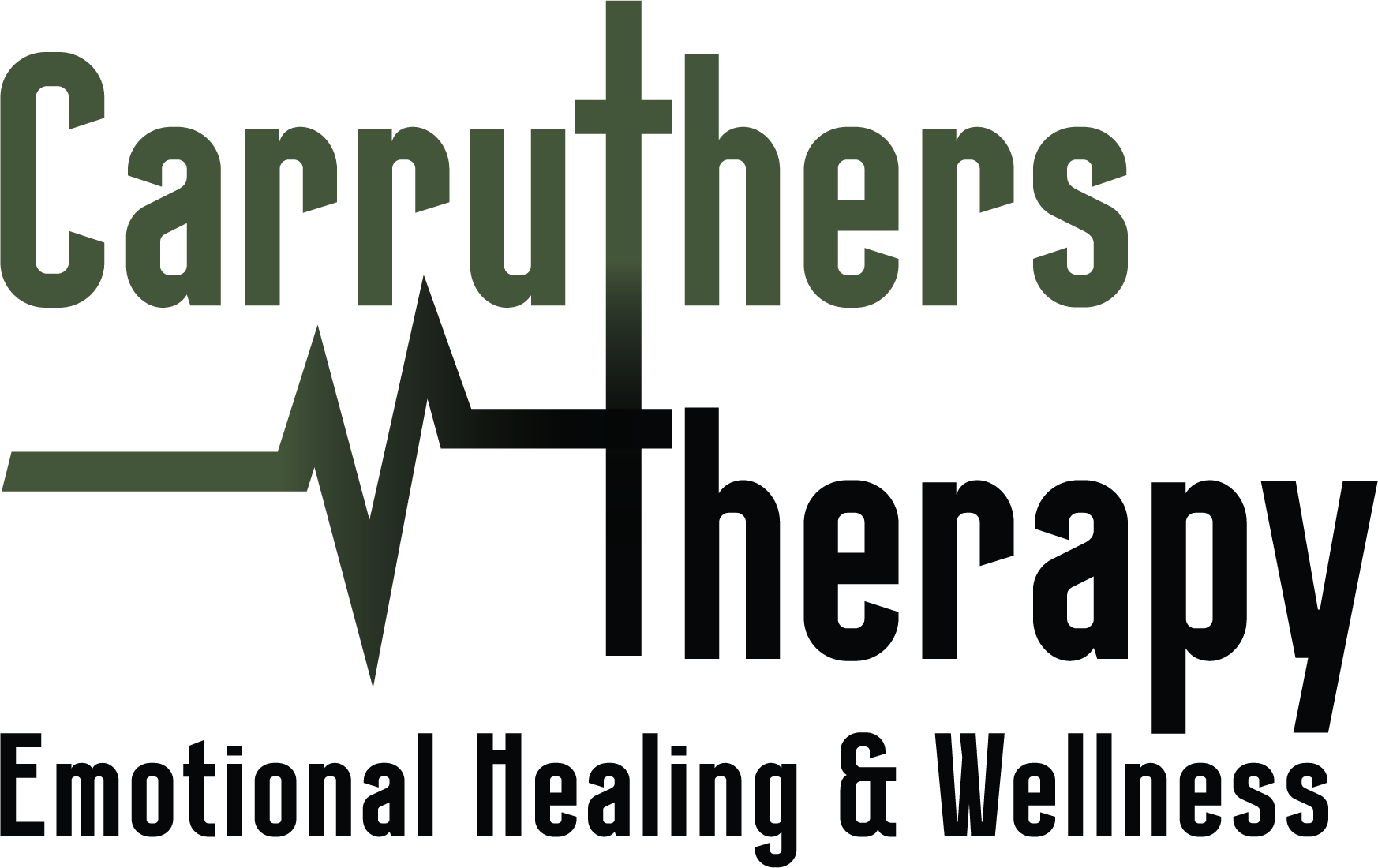EMDR
Reprocessing Painful Memories for Lasting Relief
Eye Movement Desensitization and Reprocessing (EMDR) is a structured, evidence-based therapy that helps the brain reprocess distressing memories so they lose their emotional intensity. Instead of avoiding the memories that cause pain, EMDR creates a safe and supported way to revisit them briefly – while using bilateral stimulation (BLS), such as guided eye movements, sounds, or tapping – to help your brain reframe and release them.
My goal with EMDR is simple: reduce the emotional charge of the past so it no longer controls your present.
How does EMDR affect the brain?
Traumatic or highly stressful experiences can become “stuck” in the brain, making them feel as vivid and overwhelming as the day they happened. EMDR helps unlock these stuck memories, allowing the brain to reprocess them in a healthier, more adaptive way.
In an EMDR session, we’ll:
- Identify a target memory or distressing event.
- Use bilateral stimulation to help the brain process the memory differently.
- Replace the emotional distress with a more balanced, empowered perspective.
While EMDR focuses on trauma, it’s also helpful for anxiety, phobias, grief, and other concerns where past experiences still affect current life.
What the Research Says
The effectiveness of EMDR is well-supported:
- Maxfield (2019) found EMDR to be an effective treatment for post-traumatic stress disorder (PTSD) through extensive meta-research.
- Van der Kolk et al. (2007) compared pharmacologic treatments to psychotherapeutic interventions and found EMDR more successful than medication in achieving long-term symptom reduction.
This research reinforces what I’ve seen in my own work — EMDR can provide meaningful, lasting relief for people who have struggled to find it elsewhere.
Why EMDR at Carruthers Therapy Feels Different
I approach EMDR with a blend of professionalism and comfort. You’ll never be rushed into processing before you’re ready. I take the time to ensure you feel safe, supported, and understood — because EMDR works best when you can lean into the process knowing you’re not alone in it.
